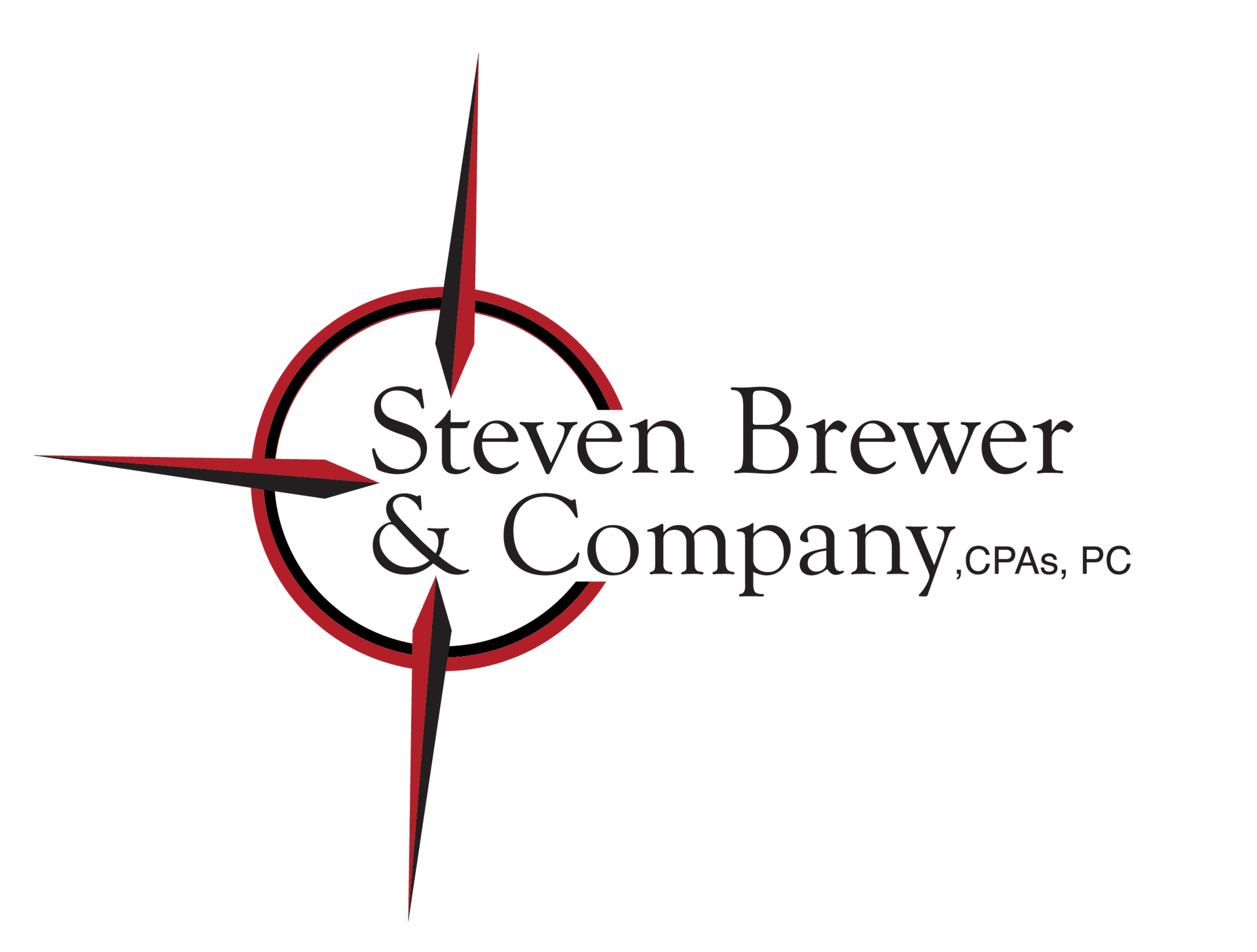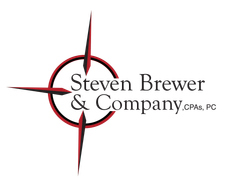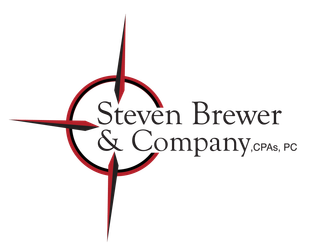Helping you with your Financial Direction.
We’re not just about crunching numbers.
Offering financial advisory and consulting services for individuals and their growing businesses, so they can focus on their business.
Helping you now for a brighter tomorrow.
We offer experienced financial advisory and consulting, accounting, bookkeeping and tax services, so you can focus on everything else in your business.
With our expertise and know-how, we'll help you save money, reduce stress, so you can focus on your real priorities, that of running your business and preparing for your retirement.
We have experts in a range of industries including:
Small to Medium Sized Businesses
Large or small, stay on top of the regulations that affect your business.
Individuals
Individual, one-person businesses.
You focus on your business, we'll focus on the financials.
Out of the Box
Specific service businesses such as Home Inspectors, Professional Dog Handlers and more.
Professional Services
Medical, Investment, Attorneys-have the peace of mind knowing they can focus on their clients while we focus on your financials.
Trust is the foundation of building great relationships.
We provide consulting, accounting, bookkeeping and tax services to individuals, small businesses and corporate clients. Our services are tailored to the unique needs of each client. We work as part of your team, understanding your needs and what matters to you, most.
| Features | |
|---|---|
| ✓ Trust | ✓ Expertise |
| ✓ Accuracy | ✓ Experience |
| ✓ Confidentiality | ✓ Professional |
News a' Brewin!










